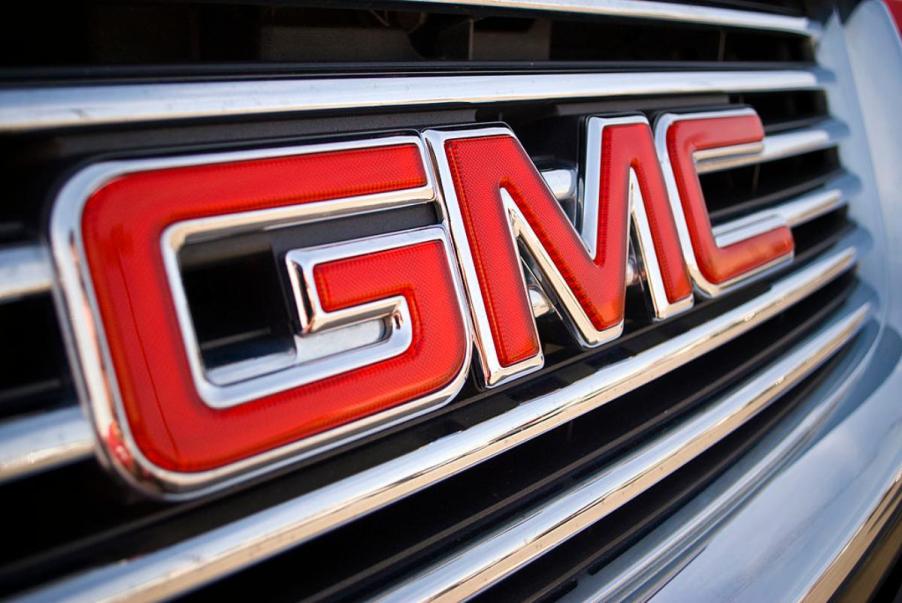
What Was the First Car GMC Ever Built?
GMC, short for General Motors Truck Company, is a division of General Motors that focuses on building trucks, SUVs, and commercial vehicles. Founded in 1901 as the Rapid Motor Vehicle Company, GMC has a long history of manufacturing rugged and reliable vehicles designed for work, utility, and performance.
The brand is often associated with producing trucks that can handle tough tasks, whether it’s hauling heavy loads, navigating off-road terrain, or serving as dependable workhorses for various industries. In this article, we’ll take a look at GMC’s first vehicle, its history, and how it has evolved over the years.
The history of the GMC brand
According to Sid Dillon, the first vehicle that was produced was the Rapid. After creating the Rapid, Detroit’s first commercial truck, the Grabowsky brothers, Max and Morris, created the Rapid Motor Vehicle Company in 1902.
The 1902, the Rapid was very minimal with no more than a seat, engine cover, and frame. William C. Durant, the founder of General Motors, purchased RMVC in 1909 and later Reliance Motor Car Company in 1911. The two firms would merge, and the name would be altered to “General Motors Truck Company,” or GMC as we know it today.
GMC focuses on trucks and SUV
GMC’s primary focus from the beginning has been on trucks and utility vehicles. In 1916, William Warwick and his wife drove a GMC truck hauling a ton of canned milk from Seattle, Washington, to New York and back. Over the course of the trip, the 1-1/2-ton truck was driven a total of 21 weeks and traveled more than 9,500 miles.
However, as World War I began, the company’s focus changed to creating war vehicles. During World War I, GMC supplied nearly 8,500 vehicles to the US Army. By 1918, approximately 90% of GMC truck production was devoted to military vehicles, the majority of which were GMC’s 3/4-ton Model 16 ambulances, troop transporters, and light aviation support trucks.
GMC continued to support the military in World War II by supplying nearly 600,000 trucks for the U.S. Armed Forces.
How the company has evolved over the years
By the 1930s, GMC was producing everything from 1/2-ton pickups to 10-ton trucks as well as trailer chassis. The Suburban Carryall, the first SUV, combined car-like convenience with the utility of a truck. This eventually came to be known as the GMC Yukon.
GMC continued to take inspiration from the automotive industry in the 1950s, improving the comfort, safety, and performance of its pickups. By 1960, they had moved away from commercial to personal-use trucks, with the debut of the GMC Sierra, the GMC brand’s first full-size personal-use pickup truck.
In the 1990s, GMC kept enhancing its products with aerodynamic aesthetic enhancements, more efficient engineering, and high-performance trucks such as the 1991 Syclone. The C/K pickup was renamed the Sierra, the S-15 was renamed the Sonoma, the Jimmy was renamed the Yukon, and the Rally/Vandura van was renamed the Savana. New Envoy and Yukon Denali models were introduced to the market in the ’90s as well. The GMC and Pontiac divisions were united in a historic move in 1996.
With the debut of the GMC Acadia in 2007 and the GMC Terrain in 2009, the SUV market expanded even more in the 2000s. This decade is also known as GMC’s “D” decade, due to the introduction of the Duramax Diesel engine and the Denali premium trim.
As GMC looks to the future, it will likely include a line of electric vehicles. It’s estimated that by 2025, 25% of cars sold will have electric engines, up from 5% today. Additionally, many car manufacturers are vowing to go all-electric in the near future.


